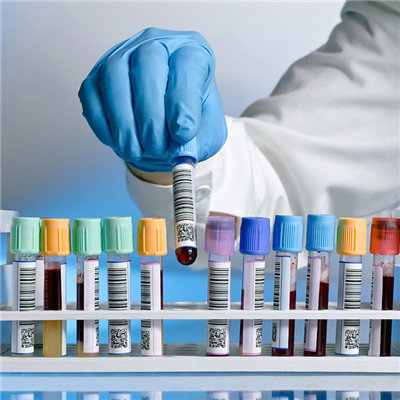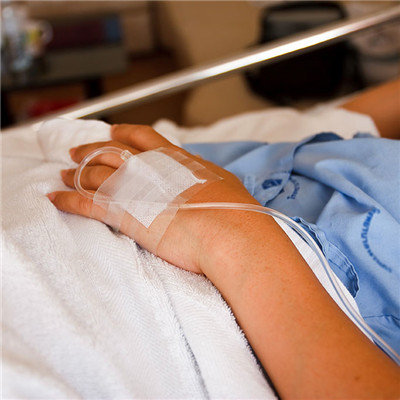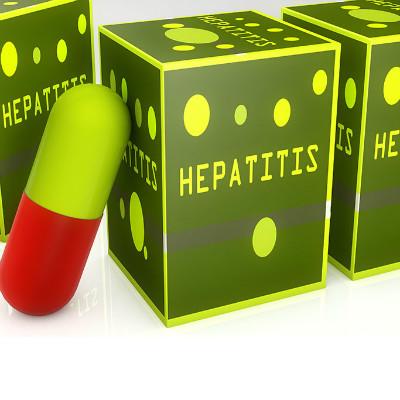Early symptoms of lymphangioma?
summary
Lymphangioma is a kind of benign tumor due to lymphangioproliferation and expansion. It is mainly composed of lumens arranged by endothelial cells and filled with lymph. Because of the different tissue structure, it can be divided into three types: capillary lymphangioma, sponge lymphangioma and cystic lymphangioma. According to clinical observation, the author found that adult onset is also common, tumor growth is slow, self regression is extremely rare. Early symptoms of lymphangioma? Let's talk about it
Early symptoms of lymphangioma?
The clinical manifestations of lymphangioma in different sites may be different. Clinical features: it is a multilocular cyst with thin wall, large cavity, containing lymph, soft, unclear boundary, no firm adhesion with mucosa and skin.

It usually occurs in the posterior triangle of the neck, which is called tension mass. When breathing and coughing, the mass tension increased. Occurs in the armpit, chest or abdominal cavity, can cause respiratory disorders. When there is no infectious damage, the transparent test can transmit light. When the left axillary and left chest mass is huge, the tumor boundary is unclear, cystic and chest deformation.

Cystic lymphangioma, also known as hydroma, is a congenital cyst full of lymph. It is not connected with the normal lymphatic vessels, but mainly comes from the vagal lymph tissue of the embryo. It mainly occurs in the posterior triangle of the neck, but it can extend to the posterior clavicle, axillary and mediastinum, up to the submaxillary, floor of mouth, groin and popliteal fossa. It is usually as big as a fist and grows slowly. Due to no adhesion with the skin, there is no change in the skin on the surface of the tumor. It is soft, cystic, lobulated, transparent and slightly compressible. The crystal of grass yellow cholesterol can be extracted by needle puncture. It is liquid, transparent and coagulates quickly, similar to lymph. When there is no swelling and compression, there are no clinical symptoms. When the volume is too large, there are symptoms related to the growth site of cystic lymphoma. Secondary infection and diffuse swelling can aggravate the compression symptoms.

matters needing attention
(1) The supply of easily digestible protein foods, such as milk, eggs, fish, bean products, can improve the body's anti-cancer ability. Milk and eggs can improve the protein disorder after radiotherapy( 2) Eat appropriate amount of sugar to supplement calories. In patients with high-dose radiotherapy, the glucose metabolism in the body was destroyed, glycogen decreased sharply, lactic acid in the blood increased and could not be reused; Moreover, the insufficiencies of insulin function aggravate. Therefore, the effect of supplementing glucose is better. In addition, honey, rice, noodles, potatoes and other foods rich in sugar should be eaten more to supplement calories.
















